At what cost?
Teaching inventors to make health care better and cheaper
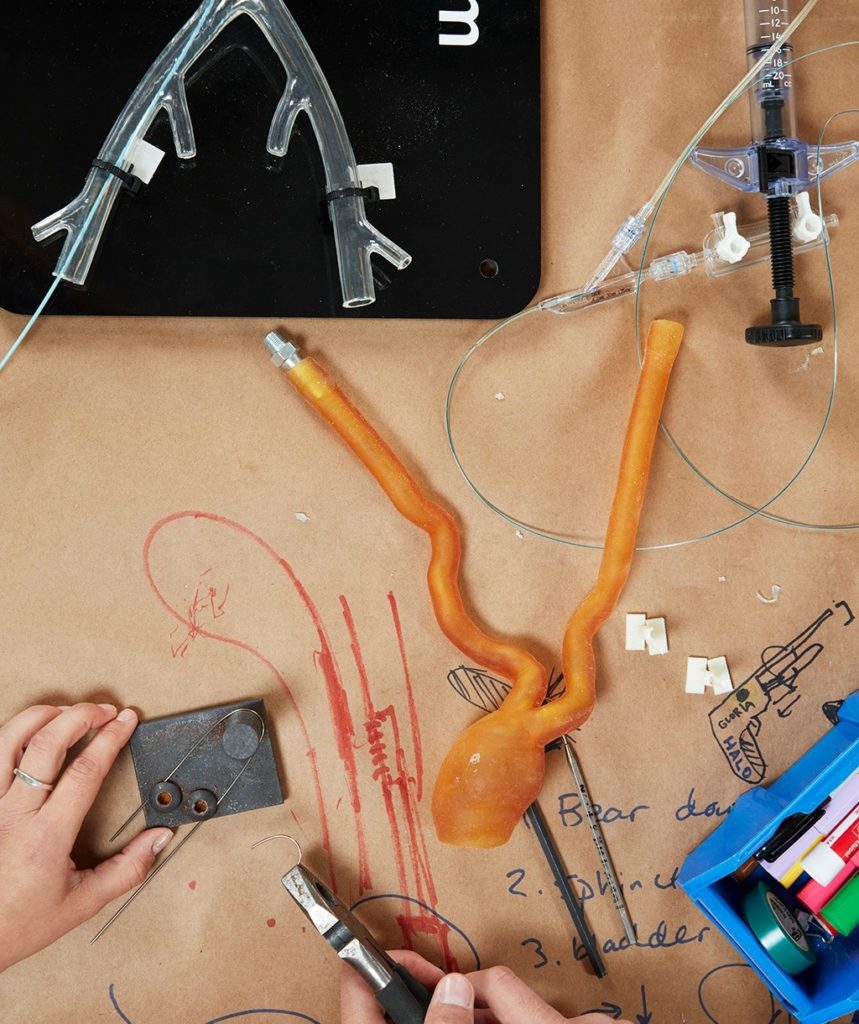
In his tidy Clark Center office, bioengineer Paul Yock , MD, opens a file cabinet and pulls out a large plastic envelope. Inside is a long, narrow blue tube with a tiny metal tip. Unearthed recently in a collaborator’s closet, it is one of the original ultrasound catheters Yock designed in the late 1980s to peer into patients’ blood vessels. It is also among his proudest inventions.
“That let us see directly what was going on inside a patient’s coronary artery,” he says. It also gave the first information about why the stents surgeons use to hold blood vessels open were causing blood clots. Unbeknownst to the physicians, the stents weren’t expanding all the way and were blocking blood flow. With the assistance of Yock’s device, cardiologists could verify that stents were fully expanded, resulting in many fewer blood clots. Yock has created other devices that went on to much wider use, but none transformed the patient experience in quite the way of that innocuous-looking blue tube.
To Yock, it’s a perfect example of the way a medical technology can dramatically improve patient care. It’s also an example of how technology can increase the cost of health care. Initially, each disposable ultrasound catheter cost more than $1,000 — though at the time, the cost was largely irrelevant to the doctors or patients because it was covered entirely by insurers.
“Most health economists would say that new technology has actually been the biggest driver of the increase in health-care costs,” says Yock, director of the Stanford Byers Center for Biodesign, which trains young medical-technology entrepreneurs.
“In the past we’ve had a very odd market system in health-care technology where a government and private payers were uncoupled from the consumers — the patients and the physicians. Basically, any new invention that actually improved health would get paid for,” Yock says. That unconstrained spending has improved health care, but at a price.
Now that system is changing, and Stanford’s training program for device designers needs to change with it. After 15 years of teaching the art of patient-focused medical-technology innovation — resulting in the formation of 41 companies that have developed devices to treat more than 500,000 patients — Yock and his colleagues are expanding Stanford Biodesign’s focus to include medical cost innovation: developing devices that help patients at a cost that provides maximum clinical value.
“There is nothing that says we can’t invent technologies that deliver important health benefits without driving up costs excessively,” says Yock, a professor of bioengineering and of medicine, and the Martha Meier Weiland Professor.
He stresses that medical cost innovation isn’t a shift to lower-quality innovations. Complications, longer hospital stays and readmissions — all things patients would rather avoid — also add to costs. Innovative devices to reduce those outcomes would lower the cost of hospital stays and get patients back to their lives more quickly.
The challenge is to revise the training model to include reasonable cost as a goal for innovations.
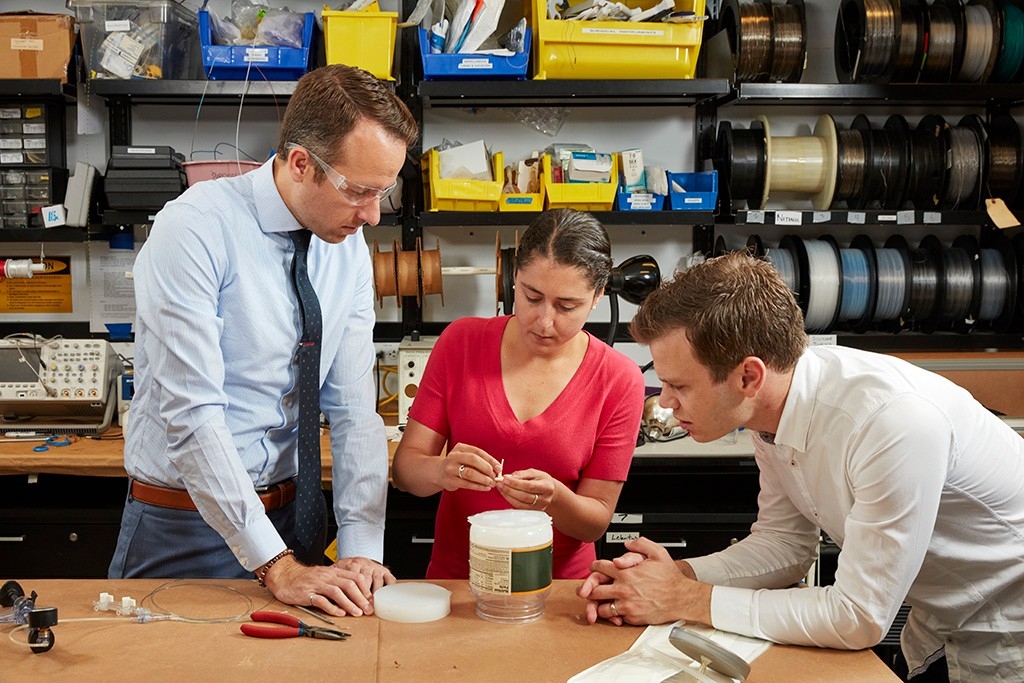
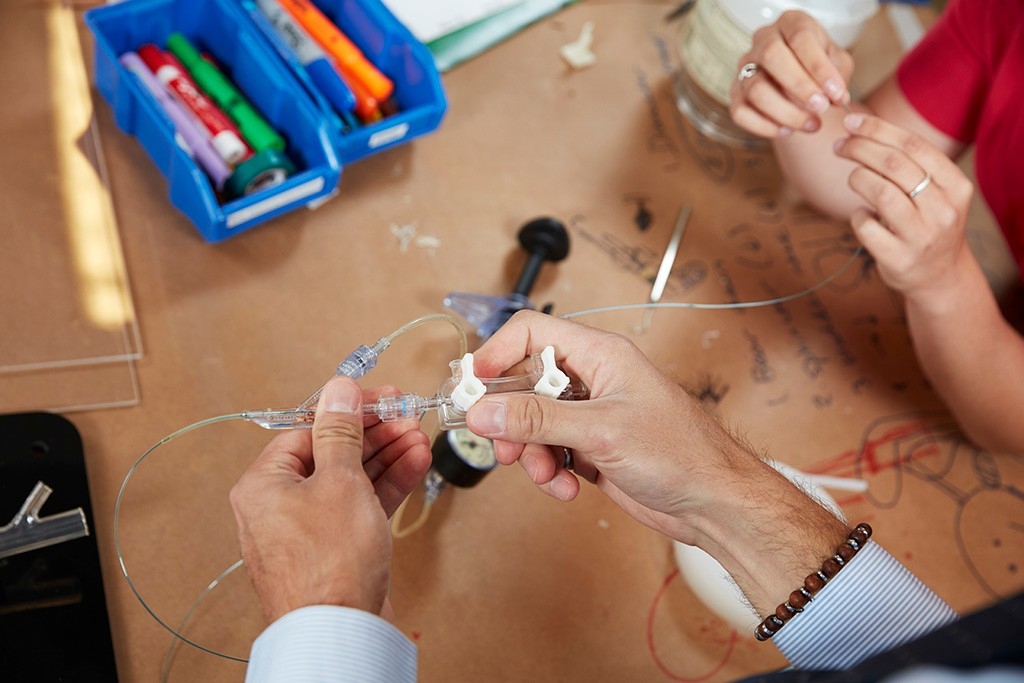
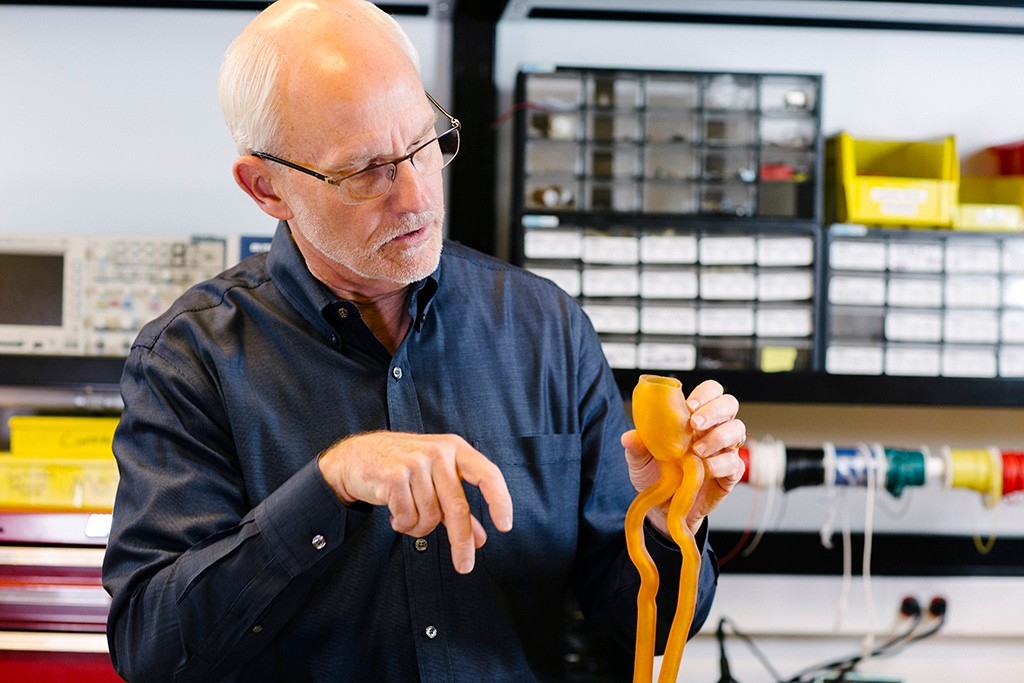
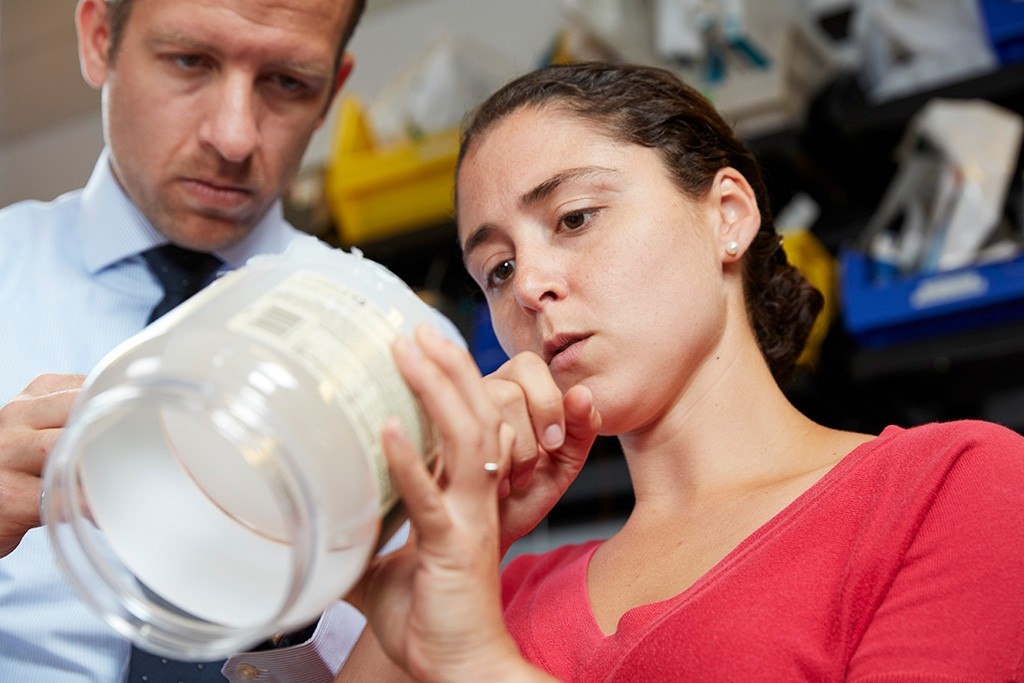
Iteration, iteration, iteration
Yock is a self-described gizmologist whose inventions have helped more than 20 million people, by his estimate. In person, he bursts with youthful enthusiasm for inventing, and for the way his inventions can help people. He admits to drawers full of invention ideas — some he has acted on; most not worth the effort, he realizes in retrospect. Despite Yock’s gray, relatively sparse hair, it is easy to imagine him as a young cardiovascular trainee, as he says, “cuddling up” to legendary cardiologists and entrepreneurs Thomas Fogarty, MD, and John Simpson, MD, PhD, who mentored him through early innovations.
In starting the program that became Stanford Biodesign, Yock wanted to recreate elements of the environment that had helped him be successful as an inventor. “I hoped to replicate the mentoring I had gotten but on a more systemic scale,” he says.
The result is a program that creates small teams of individuals from around the world and from many different backgrounds, including clinicians, basic scientists, engineers and business professionals. Teams of three to four members each work for a year to identify unmet needs and develop a device prototype to address one of those needs. In addition to learning background information in the clinical area of focus for that year, students get training in some less obvious subjects, like how to brainstorm effectively or resolve conflicts in groups. At the end of the year, some teams go on to form companies to further develop and market their devices.
One factor that got the program off the ground was being housed in the interdisciplinary Clark Center, situated between the schools of engineering and medicine. “It’s the perfect location for exposing fellows to those two worlds that they need to understand to be successful,” Yock says. Being in proximity to Silicon Valley, with its concentration of experts in medical-technology innovation, was also essential.
The first year, the program had four fellows who learned an early version of what has become the Stanford Biodesign method. With some iterations and updates, that method is now documented in the seminal book on the topic, Biodesign: The Process of Innovating Medical Technologies. It was written by Stanford Biodesign leaders, and has spread through international biodesign outposts in four other countries.
The Stanford Biodesign process goes something like this: First, a team of fellows will follow surgeons and clinicians in a given specialty and identify all the apparent needs — places where doctors routinely hit snags or where patients express discomfort. This list of hundreds of needs can range from the narrow, like designing a less painful way of carrying out a routine procedure, to the broad, like changing the way heart failure is managed worldwide.
This step of starting by assessing what’s needed is an unusual one. More typically, says Yock, inventors start with a technology and then find a problem to which they can apply it — an approach that’s more prone to result in devices that flop in the market or fail to help patients, he says.
‘One of my friends writes a needs statement for everything. He had needs statements for a condo he wanted to buy.’
With hundreds of documented medical needs in hand, a biodesign team then uses a series of carefully designed filters to find the best one to tackle.
Which needs represent the biggest barriers to quality health care? Which solutions are likely to be accepted by providers? There go half the needs. Which needs can realistically be addressed by a team with their skill sets? Which needs are not yet being addressed by competitors in the marketplace? Goodbye to another set of potential problems to solve.
Once all the potential needs are weighed against the criteria, one will likely bubble up as the best combination of a genuine need that meets the team’s constraints. Decision made.
“The process is very freeing,” says Holly Rockweiler, who finished the one-year fellowship program in 2015. Rather than agonizing over what medical need to address, teams follow the protocol and the right need chooses them. Before the Biodesign fellowship, Rockweiler had worked on a number of medical technologies. “That experience wasn’t all I had hoped for when I became a biomedical engineering major,” she says. It was missing the patient.
She is now CEO and co-founder of Madorra, which is developing a product to treat vaginal atrophy in breast cancer survivors that her team began prototyping as Stanford Biodesign Innovation fellows.
The process works so well, says Rockweiler, that her classmates have adapted it for other decisions. “One of my friends writes a needs statement for everything,” she says. “He had needs statements for a condo he wanted to buy.”
Taking cost into account
In its 15-year update, Stanford Biodesign isn’t changing its process, which has proven successful time and again. Instead, it’s moving cost evaluation up front, and teaching fellows about health-care economics.
This shift is both practical and personal. Personal because, though they are proud of improvements they’ve made to patient care, Yock and the other leaders of Stanford Biodesign recognize that collectively, new medical technologies are contributing to the cost crisis in health care. Practical because in order to fight those cost increases, insurance companies are exploring new reimbursement policies, in some cases limiting the ability of hospitals or clinics to get reimbursed for expensive devices. These changes hurt the prospects of a new device that was designed without an understanding of today’s health-care economics.
In the past, most U.S. insurers would pay for nearly any procedure or device that had been approved by the Food and Drug Administration. Today, insurance companies are more likely to put a total price on the cost of an episode of care, such as inserting a stent — including all doctors’ expenses, devices, time in the hospital and rehab. With this pricing, hospitals are less likely to purchase and use a pricey device, since they can’t bump up reimbursement to cover it.
In this environment, when innovators look at medical needs to address, they are best served by looking for places where current treatments escalate medical costs. Are there ways of shortening hospital stays, moving care from a hospital to the clinic, or even allowing patients to receive care at home rather than in a medical facility? Those are factors showing that innovative devices could help patients and lower overall costs, and therefore be successful.
That last point is critical. Regardless of how desperately needed or creatively designed, no device will ever help a patient unless entrepreneurs are able to secure money from investors to develop the technology and bring the device to market.
When innovators look at medical needs to address, they are best served by looking for places where current treatments escalate medical costs.
“The reality is that the only way for improvements in health care to get to patients is to build a sustainable business around it,” says Todd Brinton, MD, associate professor of medicine. Brinton was a biodesign fellow himself and now runs the fellowship’s educational programs. “If you can’t get investors around an idea, it will never reach patients. In order to be successful you have to be able to tell investors how they will be rewarded.”
Mohit Kaushal, a venture capitalist with Aberdare Ventures and a former biodesign student, now helps teach fellows about health-care economics and the ins and outs of how to lure venture capitalists like himself to fund their ideas.
“In the old days you could get an increase in price for small health improvements,” Kaushal says. “Today, what you hear from VCs is that devices are much harder. It’s a whole new distribution system.”
Thomas Krummel, MD, co-director of Stanford Biodesign, takes a practical view of this shift. He speaks in the short, staccato sentences of someone with a no-nonsense attitude.
“There’s a sort of pragmatism to this that fits my view of the world,” says Krummel, a pediatric surgeon. “Insurance companies aren’t going away. So how do we understand how we fit into this ecosystem? If you understand that, then you can bring technology to patients rather than having a daydream.”
As an example of this new worldview, he points to Prescient Surgical, founded by biodesign fellows from the class of 2012. While in the program, the team noticed that infections following surgery dramatically increased the cost of treating patients. Reduce infections and health-care costs would go down. Those former fellows are developing a device that protects the edges of the incision site during abdominal surgery to reduce exposure to infections.
“You can do math around reducing infection rates,” Krummel says. “That’s a good startup. They have a simple technology with a clear path to understanding the value.”
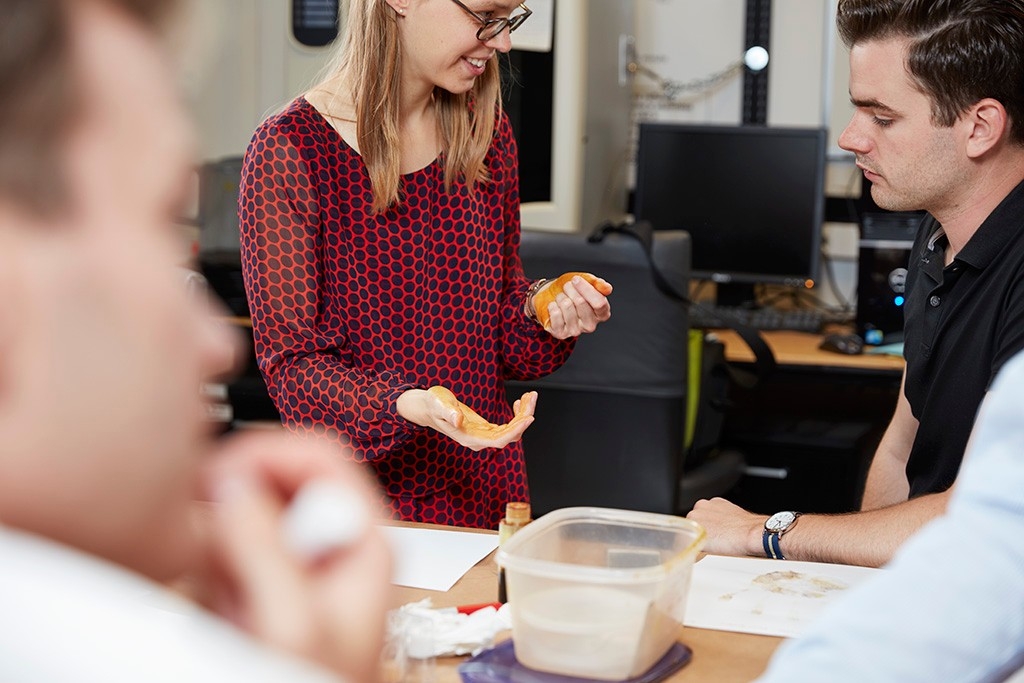
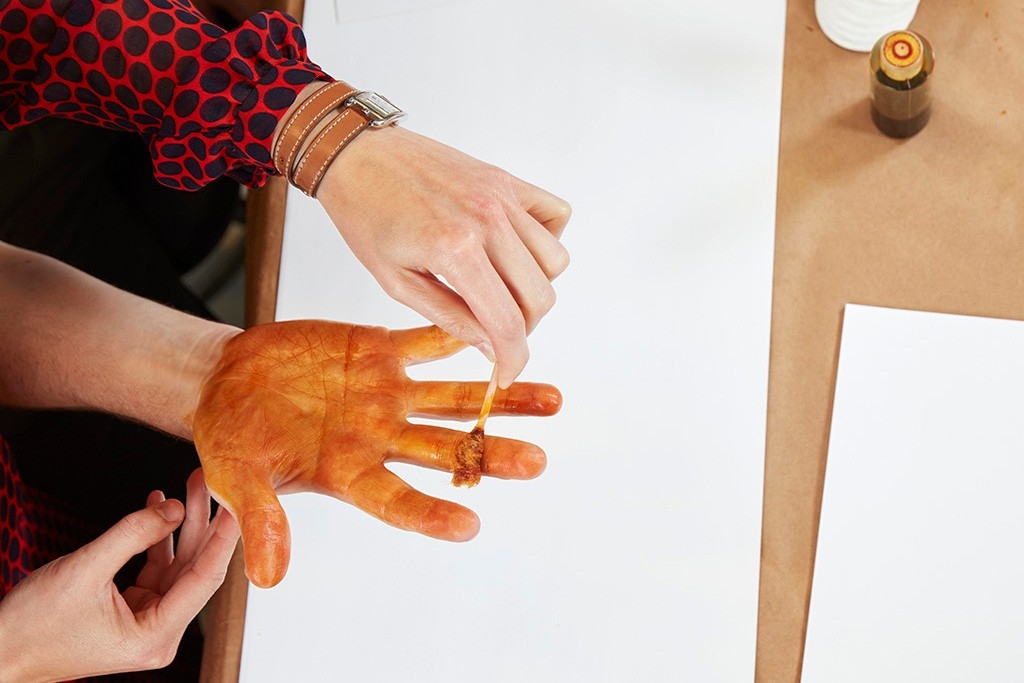
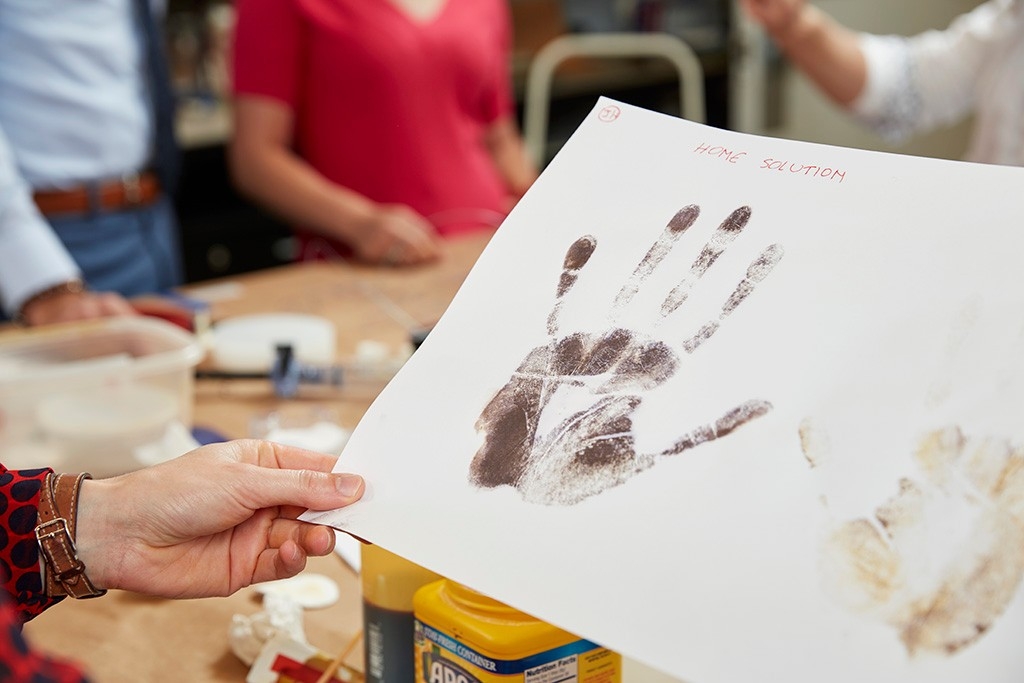
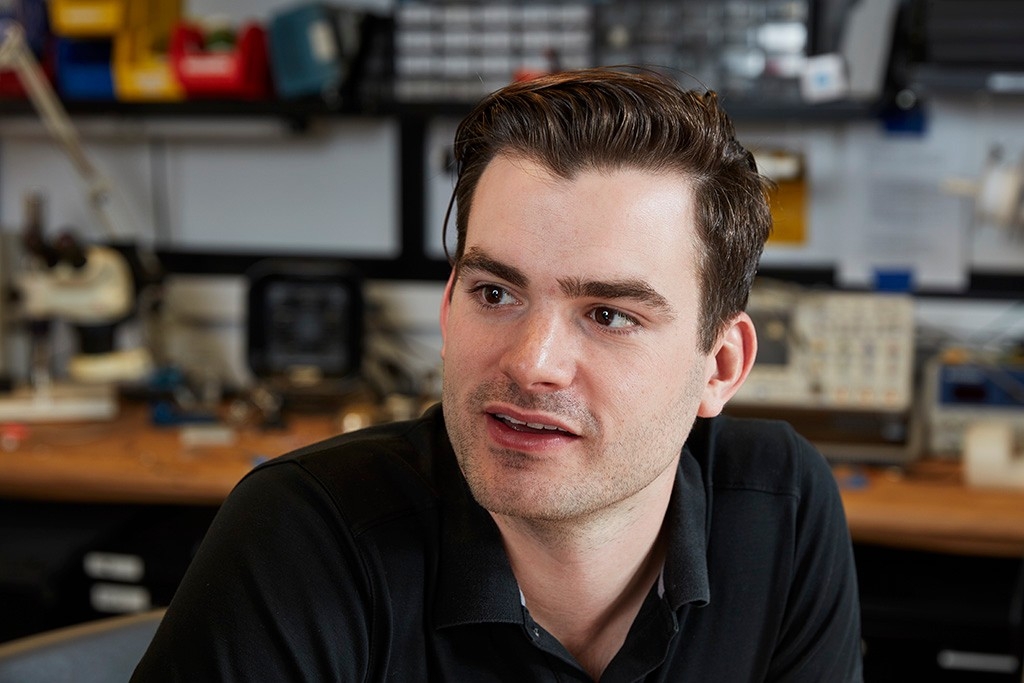
Going global
Stanford Biodesign has developed relationships with fellowship programs in Ireland, India, Singapore and, recently, Japan. In each case, the overall process and patient focus remain the same, but the details are adapted to each country’s needs.
“The key thing is to bring the team approach to another country but use nationals as the local experts,” Yock says.
Those experts better understand how health care is delivered and paid for in that country, how purchases are made, local patent processes, and any barriers relating to animal or clinical trials that could slow some kinds of inventions.
Those differences in infrastructure can significantly alter which kinds of technologies are successful, particularly with the Indian program, which operates in an environment far removed from resource-rich Silicon Valley.
Until this year, the India Biodesign program sent fellows to Stanford to learn the process before going back to their home country to apply it. They are now trained entirely in India by program graduates.
Harsh Sheth, MD, who was an India Biodesign fellow at Stanford last year, says one big challenge to working in India is access to manufacturing and distribution networks, though years of returning biodesign fellows are starting to change that by expanding the networks and establishing connections for the newer fellows.
“The landscape and environment for medical technologies is improving slowly,” he says. He and fellowship team members Shashi Ranjan, PhD, and Debayan Saha are developing a very low-cost device that fits inside the nose to filter out excessive air pollution, which can cause health problems ranging from asthma or coughing to heart disease.
“In India, the criteria we used were different, but the process was the same,” says Ranjan. For example, they look for needs they can address with devices sold directly to consumers so they won’t be thwarted by the patchy clinical distribution network and the absence of widespread insurance coverage in India
Yock says that when the Indian fellows were in the U.S. program, they were an inspiration to other fellows because of what they could achieve with little cost. “They make do with what they have in an amazing way,” he says. It is much harder to get products manufactured in a consistent way in India, venture capital is limited, clinical trials are hard to carry out and patents aren’t always respected — all of which change the way fellows think about how to get their innovative ideas to patients.
Yock hopes that exposing fellows to other ways of thinking about innovation will improve their own chances in global markets.
Technology matters
Brinton says that in designing the fellowship program to meet today’s market, here and internationally, the goal isn’t just to help bright young people start companies. It’s to help patients.
“At Stanford we are training people to be leaders in their fields,” he says. “We train the physicians how to use technology that saves people’s lives, and now we are training them in how to develop new inventions with the same goal — to better care for patients.”
Brinton and Yock see medical-technology innovation as a discipline that has a natural home in a university setting. It’s a complex and interdisciplinary set of skills that needs the broad intellectual resources of a campus and medical system to develop fully.
Mastering those skills creates innovators who can go on to have large-scale impact on patient care. Krummel says that as a surgeon he can do quite a bit of good, one patient at a time. “Teaching is multiplicative. My students can develop a new technology that is used all over the world,” he says. “I could never personally do that much good on my own.
“That’s a great reason to get up in the morning and go to work. In the end, given that we are all consumers of health care, anything that can be better, safer, cheaper — there’s a public good there.”
Online extra:

